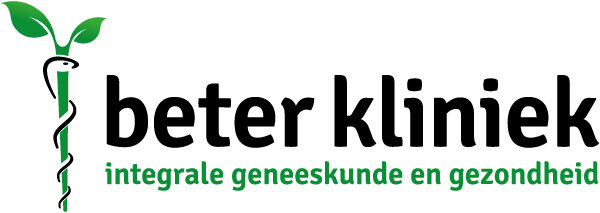What is orthomolecular medicine?
The term "orthomolecular" was first used in 1968, by Professor Linus Pauling. Orthos comes from the Greek and means: right, straight or healthy, and orthomolecular stands for: the molecules concerning.
Orthomolecular therapy strives to ingest through diet as many necessary and useful nutrients as possible and as few harmful substances as possible.
Through an interview (and possibly additional examination), the cause of an existing complaint is sought. Based on this information, a personal dietary pattern is worked out. The body is offered the nutrients it needs at that moment in order to recover and achieve optimal health.
Both with the goal of preventing disease and with the goal of treating disease, it may be necessary, in addition to a customized diet, to take additional nutrients in the form of dietary supplements. Dietary supplements contain a high content of substances that also occur in limited quantities in the diet: vitamins, minerals, amino acids, essential fatty acids or enzymes, but also lesser-known groups of substances such as, for example, bio flavonoids.
Orthomolecular nutrition and nutritional supplements can generally be used without problem alongside other treatments such as mainstream medicine, osteopathy, acupuncture or homeopathy. However, recommending them requires sufficient knowledge about interactions, possible side effects, etc. You do not need a referral from your family doctor to book an appointment.
Centuries ago
The knowledge that food can have medicinal effects dates back centuries. For example, Hippocrates (460-377 B.C.) mentions the medicinal effects of diet several times and Maimonides (1135-1204) maintains the proposition that: "no disease that can be cured by diet should be treated by other means. This idea faded into the background when, from about 1850, surgery achieved ever greater results and, after World War II, antibiotics were developed as a powerful remedy for infectious diseases. In the early 20th century, more and more deficiency diseases were discovered that could be cured by administering a single vitamin. An example is scurvy, which was found to be preventable and curable with vitamin C. That nutrition has more influence than just preventing the typical deficiency diseases became increasingly clear since 1960. Since then, a growing body of scientific research has shown that there is indeed a non-negligible relationship between diet and disease. For example, it is now clear that poor dietary habits play a role in the development of cancer, cardiovascular disease and adult-onset diabetes, for example.
Nutrition does not provide enough
In the orthomolecular method of treatment, the main aim is to obtain through diet as many necessary nutrients as possible and as few harmful substances as possible. Unfortunately, even for a healthy person today, it is impossible to consume optimal amounts of certain
nutrients through diet. An example of this is folic acid, or rather a lot of active folate. Even mainstream physicians advise healthy women who want to become pregnant to take extra active folate to reduce the chance that their child will be born with spina bifida. Both
with the goal of preventing disease and with the goal of treating disease, it may be necessary to take extra nutrients in the form of supplements in addition to a diet as complete as possible. Dietary supplements are basically tablets or capsules that contain substances that are also found in smaller quantities in food. These may include vitamins, minerals, amino acids, essential fatty acids or enzymes, as well as lesser-known groups of substances such as bio flavonoids, for example.
Orthomolecular nutrition and lifestyle as well as dietary supplements can be used alongside other treatments such as regular medicine or homeopathy, for example. However, sometimes orthomolecular drugs and regular medicines can influence each other's effects. It is therefore important that a doctor, pharmacist or therapist knows what you are taking.

